Table of Contents[Hide][Show]
Skin care marketing claims state that this or that product will make your skin more radiant. A guest recently asked me if this is just a marketing gimmick – or – if radiance is real, can it really be enhanced with skincare products? What a great layered question! As surprising as it may seem, yes, skin radiance is real and it can even be measured to determine if a product really lives up to its claims.
A youthful, healthy-looking complexion is measured by the amount of light reflecting from the surface of smooth skin. The light reflection is your skin’s radiance. With age, cell turnover slows down and as each year passes our cells sit on the skin longer between shedding and renewal. This skin build-up causes a dull, uneven complexion and the result is diminished radiance. How can we counteract this and bring our radiance back on a regular basis?
Exfoliation can be a quick solution at home to create smoother skin that reflects more light. This boosts your skin’s radiance and enhances the healthy-complexion we all seek. Many products claiming to enhance radiance are exfoliating products and can benefit skin radiance to some degree or another.
Exfoliation cautions to consider
Before you go into your skincare cabinet and excitedly start scrubbing away, it’s important to note that over-exfoliation can create dull skin too. It is imperative to find the perfect balance between not enough and too much skin exfoliation or you will cause more damage than good in the end.
In addition to finding the right balance, it can be difficult to navigate the hundreds of exfoliating options in skincare products today. Selecting the exfoliating ingredients that are best for your skin and understanding the frequency to use them are the most important factors in boosting your skin’s radiance without creating unwanted irritation, moisture loss and dry flaky skin which can all result from over-exfoliation.
With insight into exfoliating options, you can more easily select a form of exfoliation that might be right for you. If you are unsure or have a current skin condition, it is always advised to seek professional guidance. If you are a very experimental person, keep in mind exfoliation strips our skin’s protective outer layer so always be gentle with yourself to limit any adverse reactions.
Two categories of exfoliation
Physical exfoliation vs chemical exfoliation
Skin naturally sheds billions of skin cells every day. As we age, this natural shedding process slows down or stops due to many factors, such as; sun damage, dry skin, oily skin, genetics, or skin disorders. Exfoliation is a key step to help the skin to rid itself of dead skin cell build-up. There are two types of exfoliation – chemical and physical.
Physical exfoliation involves scrubbing with mechanical ingredients. In contrast, chemical exfoliants work by dissolving the sticky bond between cells encouraging skin shedding.
Finding the best exfoliant for you
Note: The appropriate exfoliant for you within the below list depends on your skin type and current skin health. Both exfoliant categories have pros and cons and all of them should be used in moderation to avoid over-exfoliation.
(Sensing a theme? I know I’ve said this already in other words, it’s important. This is me caring about your skin. Exfoliation can be addictive. I’ve seen it all. Don’t overdo it. Your skin will thank you.)
Physical exfoliant ingredients
Physical, or mechanical, exfoliants have an increased risk of irritation and sensitivity to the skin primarily due to user error. When scrubs are aggressively applied, or over-used, the skin quickly can become irritated, dehydrated and can develop micro-tears as an unfortunate end result.
In contrast, if you have thick skin, are able to be gentle with yourself and/or can limit your use, then mechanical ingredients can be the perfect, quick, and very natural way to boost your skin radiance with options from your home, kitchen or your favorite wild-crafted skincare line.
Physical exfoliants are best for:
Most skin types, especially the most gentle physical exfoliant options.
The key with physical exfoliators is to use very light pressure on all skin types and adjust the frequency depending on skin needs and health.
The following list is the top 14 most common natural physical exfoliants.
Granules
1. Apricot pits
2. Walnut shells
3. Salt
4. Sugar
5. Diatomaceous Earth
Powders
6. Bamboo
7. Almond
8. Coffee Grounds
9. Oats
10. Clays
Tools
11. Silicone Mitt
12. Electric Brush/Mitt
13. Wash Cloth
14. Natural Bristle Brush
Top 3 most gentle: Wash Cloth – Clay – Silicone Mitt
Top 3 most abrasive: Walnut Shells – Apricot Pits – Electric Brush
Chemical exfoliants ingredients
Chemical exfoliants work on the surface of the skin, gently dissolving the bonds between dead skin cells so that they can be easily shed. This exfoliation type makes way for a softer and smoother surface that reflects light and enhances skin radiance.
Many love chemical exfoliants over mechanical exfoliants because when it is applied it isn’t “rough” on the skin and doesn’t have the concern for skin micro-tears. However, I always caution that overuse can easily create dehydrated, tight, red, flaky and irritated skin – the opposite of what you want. So, it’s best to use the lowest strength ingredients at the lowest frequency you need to get your preferred results.
Chemical acids are best for:
These exfoliants are a good option for those who seek to improve skin conditions like clogged pores, blemishes, blackheads, dryness, flakiness, fine lines, wrinkles, large pores, dullness, and discoloration.
The following categories include a combined top 11 most common chemical exfoliants.
AHA > Alpha Hydroxy Acid
15. Glycolic/Sugar Cane
16. Lactic/Milk
17. Mandelic/Almonds
18. Citric/Citrus Fruit
19. Malic/Apples
AHA’s within products can have varying strengths, percentages and pH levels. These factors, more often than the type of AHA, influence how they can affect the skin. Due to this, if you are self-selecting an AHA exfoliant, it is important to test patch any new AHA product regardless if you have used a similar ingredient profile before. And if you are wanting to use multiple actives, like vitamin C and an AHA, consider using them in separate sessions so as to not overwhelm the skin.
As a general thing to note, the smaller a molecule, the more easily it gets into the skin. Glycolic is the smallest of all the acids whereas Mandelic Acid contains much larger molecules. With this in mind, a product with Glycolic Acid more often has a stronger effect on the skin than an AHA product that uses only Mandelic Acid as the exfoliant. However, this isn’t always guaranteed because of the pH level, percentage and strength all will influence the final skin effect.
Once you find the product and frequency that works for your skin, AHA’s can do wonders to smooth the skin and enhance radiance. This is why you see AHA’s in so many product lines.
BHA > Beta Hydroxy Acid
20. Beta Hydroxy Acid (aka Salicylic Acid
21. White Willow Bark
There is mainly one Beta Hydroxy Acid, it is known as salicylic acid. It is oil-soluble and can penetrate beneath the skin’s surface, cleaning out excess sebum from the pores and reducing oiliness. With its pore penetrating abilities, this is the exfoliant most commonly recommended in association with skin breakouts.
In nature, White Willow Bark is the bark of the White Willow tree. It contains an ingredient called Salicin. Many falsely claim Salicin is the same ingredient as Salicylic Acid because they are closely linked. When Salicin interacts with enzymes in the human body it can be converted into salicylic acid.
However, they are not the same until the conversion takes place. The differences in their chemical structures make salicin “mild,” and non-irritating to the skin while still exhibiting the potential to reduce redness and inflammation in the skin. Due to this, I prefer to recommend White Willow Bark over Salicylic Acid for regular home care product use.
With regular home use, this ingredient is an all-star at helping minimize breakouts and skin bumps.
Enzymes
22. Honey
23. Papaya/Papain
24. Pineapple/Bromelain
25. Pumpkin/Cucurbita Pepo
The most gentle chemical exfoliants are enzymes. These fermented fruit extracts help smooth the surface of the skin and increase radiance while having measurably lower irritation than the majority of other chemical exfoliants.
Win-win. Due to this, I prefer to recommend enzymes for home care and regular ongoing chemical exfoliant use. As an added bonus, typically, these exfoliants also have the added benefit of smelling amazing.
Enzymes are best for:
Enzymes are a good option for those who seek to improve skin conditions like clogged pores, blemishes, blackheads, dryness, flakiness, fine lines, wrinkles, large pores, dullness, and discoloration.
Hidden exfoliants
With many products on the market, it is fun to experiment and try different ones. I suggest before you go out and get a new exfoliant product check your products at home. You might be getting exfoliants in your skincare routine without realizing it. During a “Green Your Routine” skincare consultation, I review all the products a guest is using, educate them and offer guidance if any adjustments could be made.
More often then not, when we talk through the products and skincare steps, many of my clients are surprised some products, not labeled “exfoliant”, include exfoliating ingredients. With this in mind, I encourage you to use this guide to read your product ingredients and discover what exfoliants you may be already using prior to adding new exfoliants into the mix.
With this deeper awareness, your exfoliant routine won’t have adverse side effects and you will be left with fresh, radiant skin day after day.
References:
From willow bark to acetylsalicylic acid
Hydroxy Acids, the Most Widely Used Anti-aging Agents
Skincare Bootcamp: The Evolving Role of Skincare
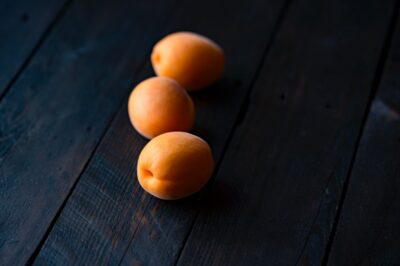
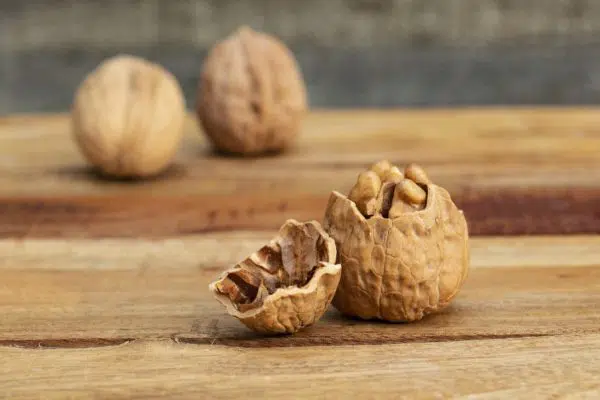


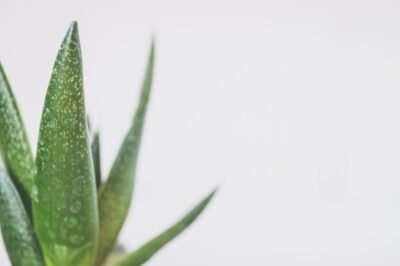
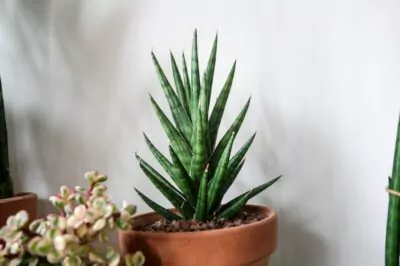
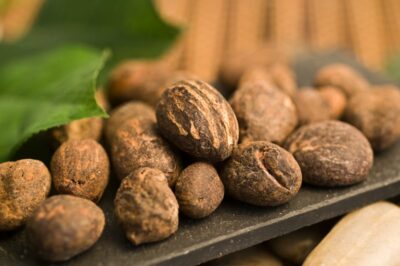
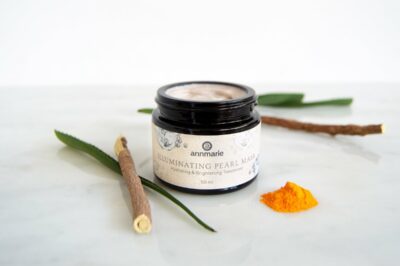

Leave a Reply